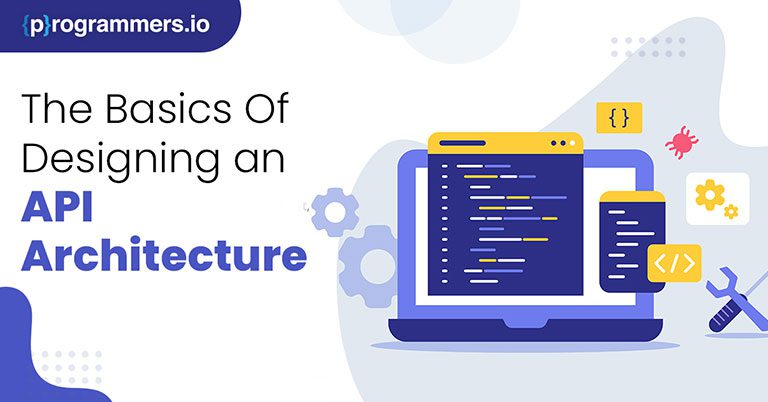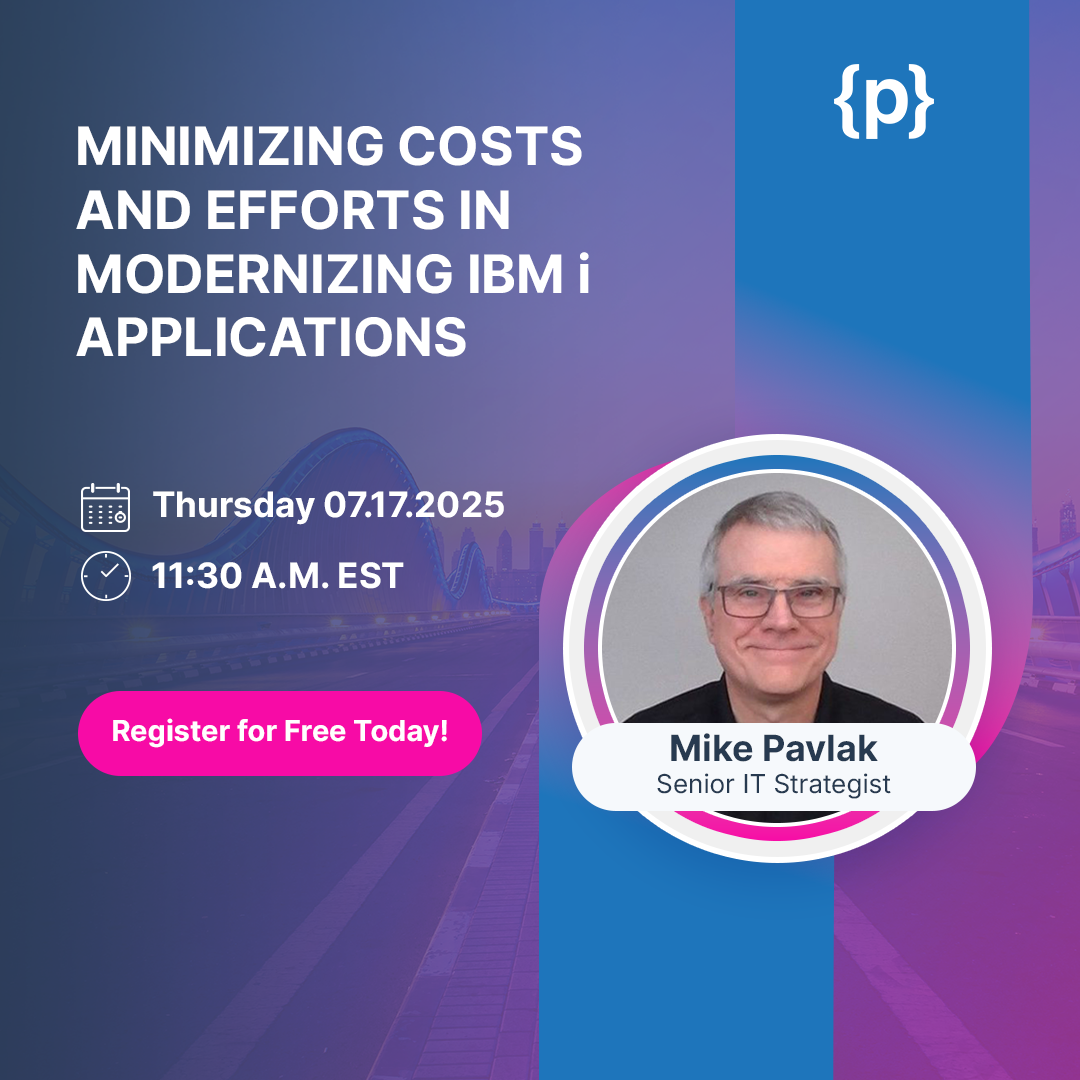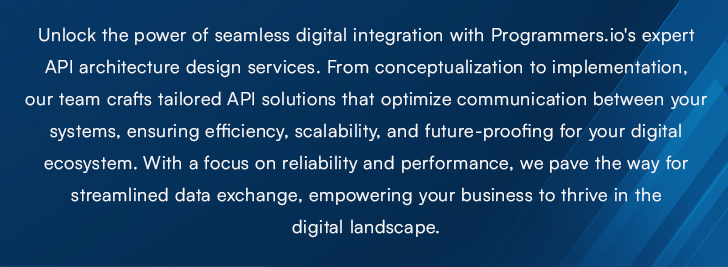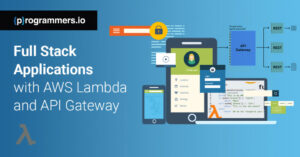The Basics of Designing An API Architecture
APIs (Application Programming Interfaces) are an essential part of modern software development. They enable applications to access and exchange information in a secure and efficient manner while providing developers with the flexibility they need to create innovative solutions. Designing an API architecture is one of the most important steps in developing a successful application.
This guide will cover the basics of designing an API architecture, including best practices for designing APIs and the key components to consider when creating an API structure. Additionally, in this blog post we’ll discuss how developers can use tools such as OpenAPI (formerly known as Swagger) to create a standardized approach to documenting their APIs.
Finally, this guide will provide tips on how developers can ensure the performance and security of client applications while developing API architectures. By following these guidelines, developers can create applications that are more efficient, secure, and maintainable.
What Is API Architecture?
API Architecture is a set of rules and practices that provide a framework for designing, developing, and delivering web services. API architecture defines how an application programming interface (API) interacts with the other components in its system.
This includes how APIs communicate with databases, applications, and other systems. It also exposes data with http status code or several status codes, or http status code or several status codes, a http status code that determines how data is exchanged between different components of distributed systems and how external resources associated information are accessed.
The most important aspect of API Architecture is that it enables applications to be built faster while being more robust and reliable than ever before. An API-driven architecture allows developers to quickly create APIs to interact with different systems without having to write complex code or spend excessive time debugging errors with query string parameter.
With modern tools like RESTful APIs, developers can easily integrate existing data sources with existing resources such as databases and third-party web services too, allowing them to quickly deliver powerful mobile applications in restful api.
In addition to providing a faster development process, API Architecture also promotes best practices in terms of security, scalability, and performance optimization. By using established standards such as OAuth 2.0 and OpenID Connect for authorization and authentication, developers can ensure that data is secure and that only authorized users have access to it.
Additionally, most modern APIs are built with scalability in mind so they can handle high demands without crashing or slowing down the system. By using techniques like caching or content delivery networks (CDNs), developers can also optimize their application’s performance for a better user experience in web apis.
Overall, API Architecture is essential for modern web development as it provides a unified framework for building reliable and secure web applications. By following best practices, developers can quickly deliver powerful solutions that are efficient, secure, and optimized for performance in web apis. With the right architecture in place, developers can create high-quality products with minimal effort.
Components of API Architecture
API architecture is a set of components and guidelines for creating, managing, and consuming APIs. It is the foundation on which an organization can build successful API programs. When properly designed and implemented, it helps to ensure that APIs are reliable, secure, scalable, and easy to use in rest apis.
The most commonly used components of an API architecture in rest APIs include:
1. Data Model:
A data model encapsulates the structure of the data that will be exchanged between clients and servers through the API. This includes elements such as objects, attributes, and relationships between objects. The models should be designed to provide maximum flexibility while also allowing for system scalability and consistency across different client applications in rest APIs.
2. Endpoints:
An endpoint is a specific URL that allows clients to make requests and the server side receives responses to http requests. A good web API architecture should have well-defined endpoints to ensure the correct content type header data is returned for successful response to the request body of http header a given request, which is a straightforward process.
3. Authentication and Authorization:
This component of an API architecture provides authentication (verifying users are who they say they are) and authorization (determining what data or actions they can access). This can be done using tokens, OAuth 2.0, and other methods with status codes.
4. SDKs:
SDKs (Software Development Kits) provide developers with easy-to-use programming libraries, API management tools, and documentation to quickly build applications that access an API’s services. These pre-built components save time as developers don’t need to understand the inner workings of an apis generally.
5. Versioning:
This component allows for different versions of an API to exist side-by-side, ensuring that existing applications are not broken when changes are made to major or less major version number of the underlying codebase. It also allows developers to test new features with the same version number on select group of users before being released to everyone.
6. Analytics and Monitoring:
APIs should be monitored and analyzed in order to quickly identify any performance issues or security risks as well as track usage patterns and user behavior. This helps organizations make better decisions about their API programs and provide better service for their customers and ensuring there isn’t premature optimization.
By understanding these components and implementing them into an API architecture, organizations can ensure successful API delivery that is reliable, secure, and easy-to-use. This in turn will help them maximize the value of their APIs and create a positive experience for users in open API specification.
How to Design An API Architecture?
Designingan API architecture is a complex task but can reap great rewards and deliver value if done properly. Here are some steps to help you get started:
1. Define Your Goals:
Before beginning the design process, it’s important to have a clear set of goals and objectives for what your API should accomplish. Ask yourself questions such as: Who will be using the API? What data do they need access to? How many users need to be supported? Does the security of the data matter?
Answering these questions will give you a better understanding of your needs and expectations and ensure that you’re designing an appropriate solution with a value proposition.
2. Select Your Technology Stack:
After defining your objectives, you’ll need to select the technology stack used to create and deploy your API. Consider factors such as cost, scalability, compatibility, and performance when choosing a technology stack.
3. Plan Your Data Model:
The data model is the backbone of your API architecture and must be carefully planned in order for it to perform optimally. Decide how to structure the data that will be accessed by your API and what kind of relationships it should have with other data models within your system. Ensure that all the necessary fields are included in the model so that users can access all the relevant information they need with value proposition.
4. Design Your Data Access Layer:
This layer handles all requests from users for accessing or manipulating data. It is the interaction layer responsible for validating user requests, connecting to the database, and executing queries. When designing this layer, consider factors such as authorization, authentication, security measures, caching mechanisms, and data access performance.
5. Create Your Endpoints:
Endpoints are the public URLs that users will use to request your API. Each endpoint should provide a specific piece of functionality and have its own set of parameters so it can be used in different ways. Define each endpoint clearly with examples of how they should be used.
6. Test & Deploy:
Once you have designed all the necessary components of your API architecture, it’s time for testing API that everything is working correctly before deploying it into production. Automated testing tools can help you check for errors quickly. Once all tests have been passed, deploy the API and monitor its performance over time to ensure it meets your expectations.
Designing an API architecture is a complex task, but by following these steps, you’ll be well on your way to creating a successful solution with a value proposition. By taking the time to properly plan and design your architecture from the start, you’ll be able to ensure that it meets both user needs and business objectives in the long run.
Conclusion
In conclusion, designing an API architecture requires careful consideration of the needs of your users and the type of data you are trying to provide. By understanding how APIs work and keeping these considerations in mind, you can create a stable, secure, and intuitive API that meets the needs of your audience.
As technology advances and user demands and business model change, it’s important to keep up with best practices and adjust your design and business model accordingly. With the right approach, you can create an API architecture application functionality and business model that will serve you well for years.












